 Bank and Theater
Bank and Theater
Entry Category: Counties, Cities, and Towns
 Bank and Theater
Bank and Theater
 Bank of Centerton
Bank of Centerton
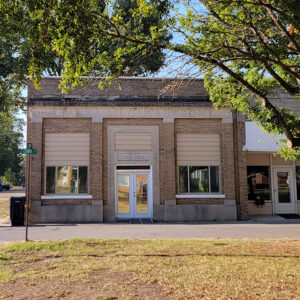 Bank of Clarendon
Bank of Clarendon
 Bank of Dardanelle
Bank of Dardanelle
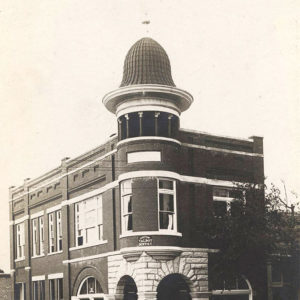 Bank of Fordyce
Bank of Fordyce
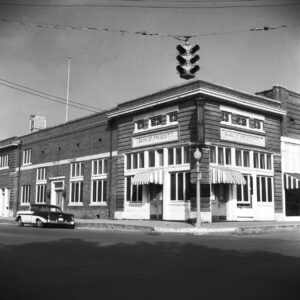 Bank of Prescott
Bank of Prescott
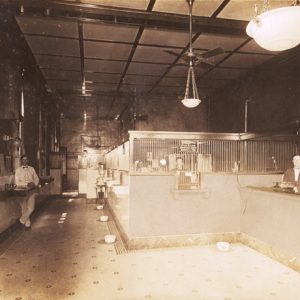 Bank of Prescott
Bank of Prescott
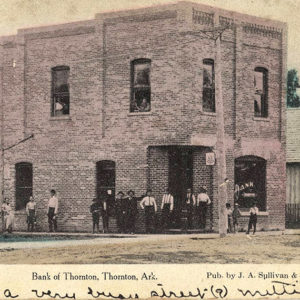 Bank of Thornton
Bank of Thornton
Banks (Bradley County)
Banner (Cleburne County)
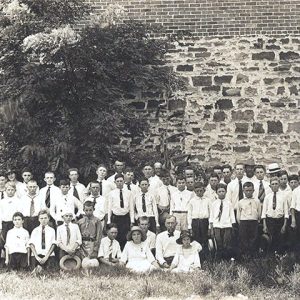 Baptist Convention
Baptist Convention
Barber (Logan County)
Baring Cross (Pulaski County)
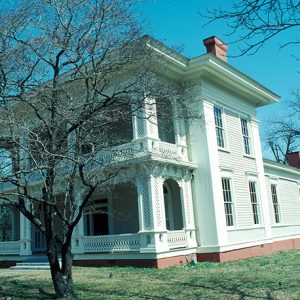 James E. M. Barkman House
James E. M. Barkman House
Barling (Sebastian County)
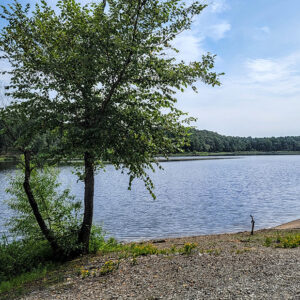 Barnett Lake
Barnett Lake
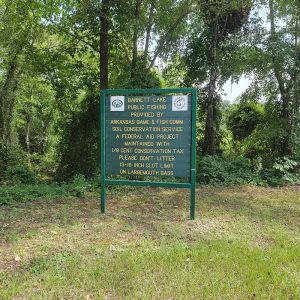 Barnett Lake Sign
Barnett Lake Sign
Barringer (Clark County)
 Barton House
Barton House
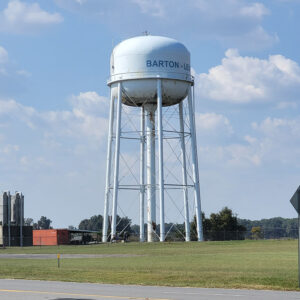 Barton-Lexa Water Tower
Barton-Lexa Water Tower
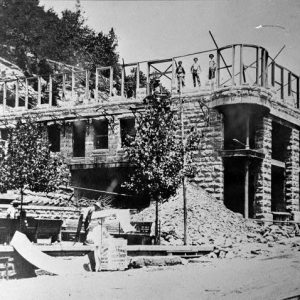 Basin Park Hotel
Basin Park Hotel
Bassett (Mississippi County)
Bates (Scott County)
Batesville (Independence County)
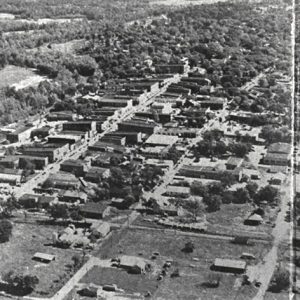 Batesville Aerial View
Batesville Aerial View
 Batesville Basketball
Batesville Basketball
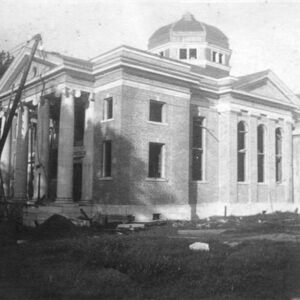 Batesville Church
Batesville Church
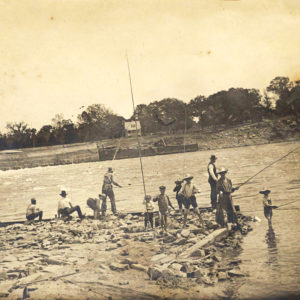 Batesville Fishing
Batesville Fishing
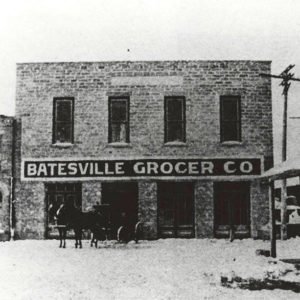 Batesville Grocer
Batesville Grocer
 Batesville High School
Batesville High School
 Batesville Lime Mill
Batesville Lime Mill
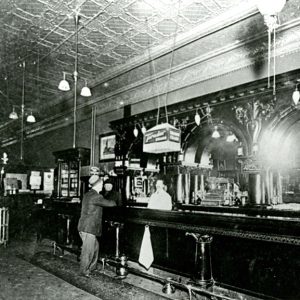 Batesville Saloon
Batesville Saloon
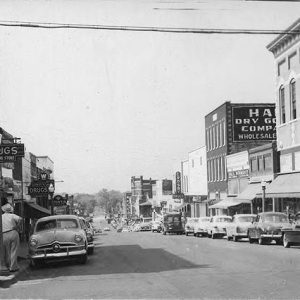 Batesville Street Scene
Batesville Street Scene
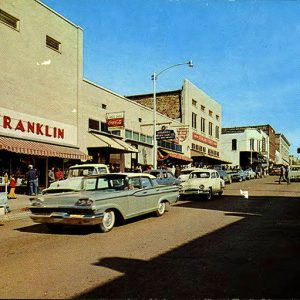 Batesville Street Scene
Batesville Street Scene
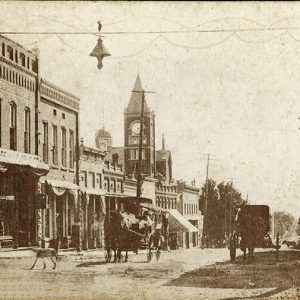 Batesville Street Scene
Batesville Street Scene
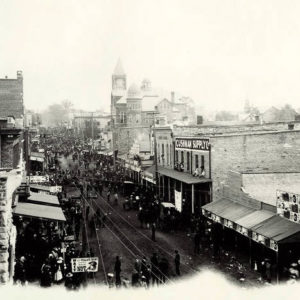 Batesville Street Scene
Batesville Street Scene
 Bathhouse Row
Bathhouse Row
 Baugh's Drug Store
Baugh's Drug Store
Bauxippi (Crittenden County)
 Bauxippi Port
Bauxippi Port
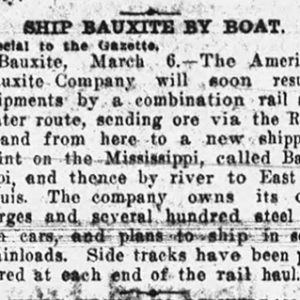 Bauxippi Article
Bauxippi Article
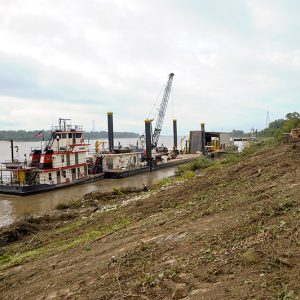 Bauxippi-Wyanoke Revetment Site
Bauxippi-Wyanoke Revetment Site
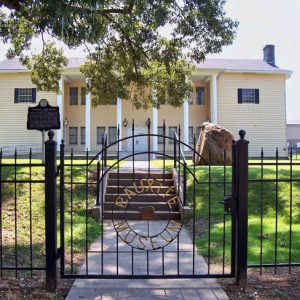 Bauxite Historical Museum
Bauxite Historical Museum
Bauxite (Saline County)
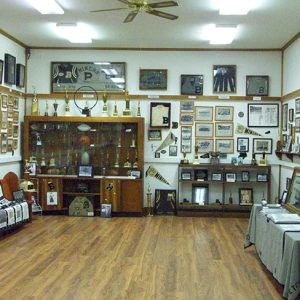 Bono Room
Bono Room
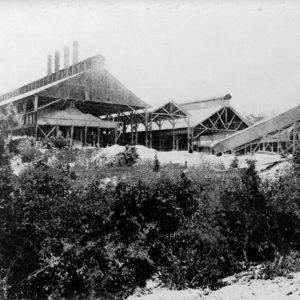 Bauxite Mill
Bauxite Mill
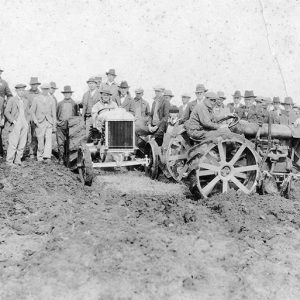 Bauxite Miners
Bauxite Miners
 Bauxite Mining
Bauxite Mining
Baxter County
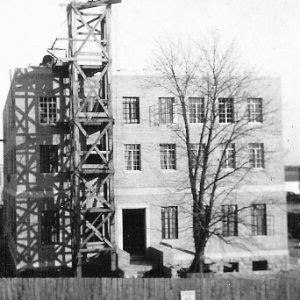 Baxter County Courthouse
Baxter County Courthouse




